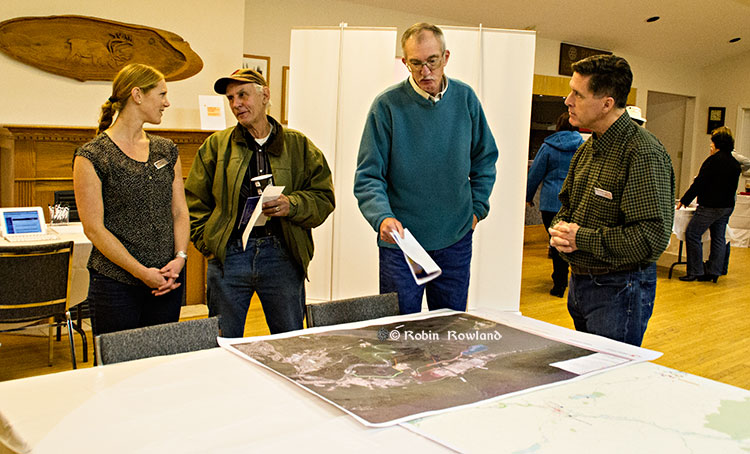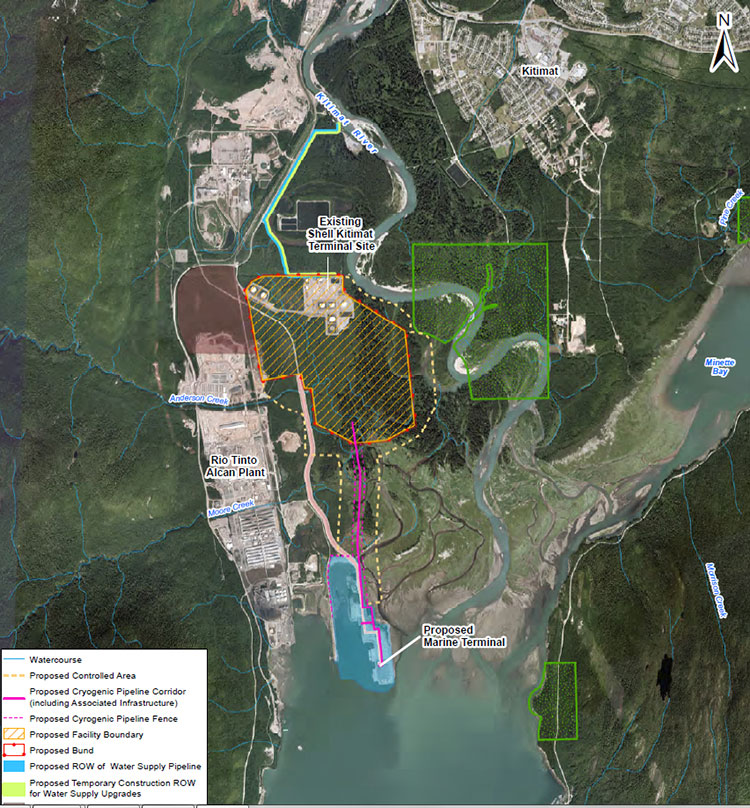Second Update December 10- NEB refuses to release JRP report in BC
The Globe and Mail reports Dec. 10, 2013
The National Energy Board says releasing its decisions in Calgary is standard practice regardless of where in Canada the project is located, and it will not make an exception for its report on the controversial $6.5-billion Northern Gateway pipeline proposal.
Apparently the NEB doesn’t trust reporters in BC to act as professionals. Also, as usual the stock market is more important than the people of BC.
NEB spokesperson Sarah Kiley told the Globe the board ruled out simultaneous lock-ups in Alberta and British Columbia.
“As far as hosting multiple media lock-ups, we need to make absolutely sure that the report is not inadvertently released before the markets close,” Ms. Kiley said. “This becomes more challenging if there are multiple events due to things like the need to ship reports.”
Because the ruling will affect markets, she said the report must be kept confidential until they close on the day of release.
A couple of years ago, on a visit to the Lower Mainland, I was speaking to man who was considering making a 10 minute comment before the Northern Gateway Joint Review panel. In the end, this man, who is by no means a radical environmentalist, just someone worried about the future, decided not to testify, telling me: “The National Energy Board is nothing more than an extension of the Petroleum Club.”
Once again today, the National Energy Board showed its contempt for British Columbia and proved my source’s belief that it is nothing more than an extension of the Petroleum Club.
Vancouver radio station News 1130 made a routine inquiry to the NEB about a reporters’ “lockup” on the day that the JRP decision is released. A “lockup” allows the media to read an embargoed report a few hours in advance so that at the moment it is officially released, it can print or broadcast an accurate account of a government report.
News 1130 was told by the NEB that there would be no lockup in British Columbia, only reporters in Calgary, the home of the NEB, will have that opportunity, because “logistics did not work out for a lock-up” in Vancouver.
(Reporters who work along the actual pipeline route in the north are even farther off the NEB radar. The Calgary lockup will leave northerners to figure out what the JRP decision actually means from reports from Alberta-based journalists. The history of the past few years has proven that most Alberta-based reporters have little interest or knowledge of the concerns of northwest British Columbia.)
Before the JRP hearings began in January, 2012, a well-known northern First Nations leader predicted all this in a background conversation. He noted that there was no representation from British Columbia on the Joint Review Panel. The JRP had two members from Alberta, chair Sheila Leggett, and member Kenneth Bateman, while the “First Nations member,” Hans Matthews, was from Ontario. The First Nations leader, who would have to appear before the JRP, privately called them “flatlanders” with no knowledge of B.C.
He was right.
Even before that conversation, the Joint Review Panel blundered in its first appearance in Kitimat, the preliminary hearing at Riverlodge on August 30, 2010, by offending the Haisla Nation with a schedule of appearances crafted in Calgary that ignored that Kitimat is on Haisla traditional territory and put then Chief Counsellor Dolores Pollard well down on the schedule. That hearing was held up for about half an hour while the JRP scrambled to undo their mistake.
While the JRP did finally learn to respect the customs of BC’s First Nations, and the panel was often hamstrung by arcane and obsolete rules of procedure, the panel too often proved far too inflexible in understanding the issues along the pipeline route and up and down the coast.
The most recent example was the JRP’s refusal to consider the recent evidence from both scientists and Fisheries and Oceans about the growing importance of humpback whales in Douglas Channel. The JRP’s excuse was that the window for evidence had closed. If the Northern Gateway actually goes ahead, Enbridge speaks about the 30-year-life of the project. Yet the JRP’s continuing inflexibility acts as if all the key issues can be decided by the December 30 deadline and after that everything will be just fine.
In the past few weeks, report after report has been released on projects that will change the lives of the people of the northwestern British Columbia. The media of the northwest, all with very limited budgets, have been ignored time and time again.
Take another example from today. In March, the federal government flew its First Nations negotiator Douglas Eyford and Natural Resources Minister Joe Oliver to Terrace to announce the beginning of the Eyford’s meetings with BC First Nations (while at the same time Oliver didn’t bother to visit Kitimat). This morning, the Eyford report was released at a press event in media-rich Vancouver. For the release of the report, the northwest didn’t count.
On Tuesday, the federal government also used Vancouver to release a report on tanker traffic. While Vancouver is also vulnerable to tanker problems, the feds considered their message could be carried best by the mainstream major metro media. Again, no one bothered with the northwest, where the tankers will be sailing along the coast and up and down Douglas Channel.
A few weeks ago, BC Premier Christy Clark announced her agreement with Alberta Premier Alison Redford on the compensation issue, one of her five conditions for heavy oil development in the province. Clark solved the political dispute with Alberta by handing off the compensation issue from the province to the energy industry with absolutely no guarantee that the energy companies will actually offer compensation for crossing BC. Northern reporters could listen in to an audio feed of the news conference from the BC government website, but could not ask questions.
In the 21st century, of course, these news conferences are not about presenting factual information; the news conferences are about getting out a government message track, so questions from reporters who actually know about issues are not wanted.
The Joint Review Panel (with the NEB one of the “joint” partners) is supposedly, on paper, a quasi-judicial body, independent of the government.
If the JRP wants to salvage even a bit of its crumbling credibility for its Northern Gateway decision, it will show that it respects British Columbia. The means holding two additional lockups. If Terrace was good enough for the final arguments, and a central location for the northwest, one lockup should be held in Terrace, so northerners can read reporting by northwest-based reporters. The second, of course, should be in Vancouver for the province’s major media centre.
Given the record of the past two years, don’t hold your breath, time and time again the bureaucratic priorities and the fact that the NEB is thoroughly embedded in the energy culture of Alberta, it is likely that the release of the report sometime in the coming weeks will be Alberta-centric and will prove my source right, that the NEB is nothing more than that extension of the Petroleum Club.
Update: The Globe and Mail has confirmed News1130’s report in National Energy Board sidestepping B.C. on Northern Gateway.
The board plans to hold a media lock-up in Calgary, but does not have similar plans to brief reporters in British Columbia, says an official with the independent federal agency established to regulate international and interprovincial issues around the electrical utility, gas and oil sectors.
Board spokesperson Sarah Kiley said Thursday that the board recognizes there is an interest in B.C. in the subject, and said there is no final plan yet.
The Globe was unable to get a statement from the Liberal government of BC but for the opposition,Spencer Chandra Herbert (Vancouver-West End) said, the energy board should not be hiding out in Calgary when they announce what they are going to do, regardless of whether they approve or reject the project.
“You would think they would have the ability and respect for B.C. to host it here and explain whatever decision they make here to B.C. media and intervenors,” he said.
“We’re worthy of that respect.”
















